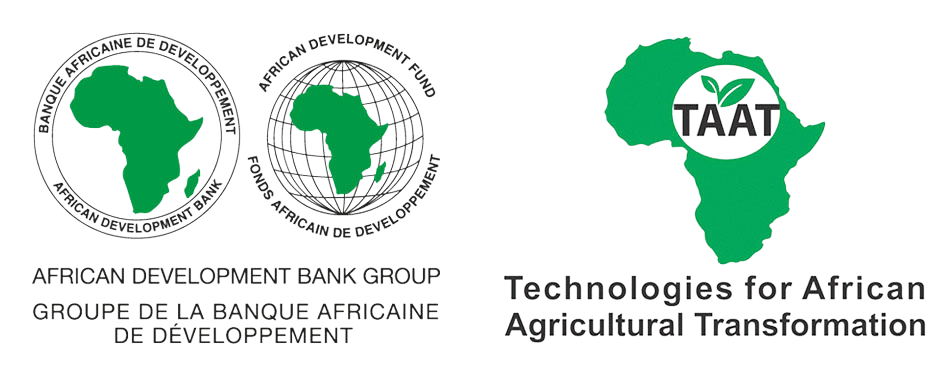


Pest control for optimum yields
The "Seed Dressing with Fungicide and Insecticide" technology consist to the application of chemical control agents to common bean seeds to combat fungal diseases like anthracnose and pests such as stem maggots that cause significant yield losses in Africa. It offers various seed dressing products, such as Syngenta’s APRON STAR®, which combines fungicides and insecticides to effectively control diseases and pests, leading to robust root development, uniform growth, and higher yields, especially in tropical regions with favorable conditions for fungal pathogens. This method utilizes a cost-effective and environmentally friendly approach, offering enhanced protection and increased productivity for common bean crops. This adaptable and accessible technique doesn’t require specialized equipment and is easily implementable at both farms and factories, offering a widely adoptable solution to protect common bean crops against prevalent diseases and pests in various agricultural regions.
This technology is TAAT1 validated.
Adults 18 and over: Positive high
The poor: Positive medium
Under 18: Positive medium
Women: Positive high
Climate adaptability: Moderately adaptable
Farmer climate change readiness: Significant improvement
Biodiversity: No impact on biodiversity
Carbon footprint: Same amount of carbon released
Environmental health: Does not improve environmental health
Soil quality: Does not affect soil health and fertility
Water use: Same amount of water used
Endangering Planting Material: Diseases and pests harbored by seeds endanger the integrity of planting material stocks, threatening the viability of future crops and risking widespread agricultural setbacks.
Threat of Crop Failure: Soil-borne diseases and insect pests pose a severe risk to common bean crops, leading to sparse plant density and even complete crop failure, exacerbating food insecurity and economic instability.
This technology tackles fungal diseases like anthracnose and pests such as stem maggots that cause significant yield losses in common bean. With a positive impact on climate, it's easily applicable in dispersed farming communities, especially benefiting women and young people. This contributes to reducing poverty, hunger, and improving overall well-being.
To integrate this technology into your project, create a list of project activities and prerequisites, including:
Identifying and developing effective pesticides for seed treatment to control diseases and insect pests,
Raising awareness with farmers about the benefits and availability of seed dressing pesticides,
Providing access to seed treatment for community-based and commercial seed multipliers, and by agro dealers and
Linking producers to financial support and markets.
- Estimate the quantity of pesticide needed for your project knowing that the chemicals alone cost US $0.5 to $1 for treating one or two kilograms of seed.
- As the technology is available in Zimbabwe, Zambia, Uganda, Tanzania, South Sudan, Rwanda, Nigeria, Mozambique, Malawi, Kenya, Ethiopia, Democratic Republic of the Congo, Cameroon and Burundi, include the delivery cost to the project site and account for import clearance and duties if relevant.
Training is important because treating seed requires knowledge and skills to be performed properly and safely. A team of trainers could provide training and support during project installation. Include the cost for training and post-training support for using the technology.
Communication support for the technology should be developed (flyers, videos, radio broadcasts, etc.)
For better optimization of this technology, it is recommended to associate this technology with Climbing Bean with High Yield and N Fixation, Low-Cost Staking for Climbing Beans and Integrated Management of Insects, Diseases and Weeds.
To implement the technology in your country, you could collaborate with agricultural development institutes and seed multiplication companies.
Equipment for manual application
Equipment for mechanized application for a small unit
Equipment for mechanized application for a large unit
Open source / open access
Scaling Readiness describes how complete a technology’s development is and its ability to be scaled. It produces a score that measures a technology’s readiness along two axes: the level of maturity of the idea itself, and the level to which the technology has been used so far.
Each axis goes from 0 to 9 where 9 is the “ready-to-scale” status. For each technology profile in the e-catalogs we have documented the scaling readiness status from evidence given by the technology providers. The e-catalogs only showcase technologies for which the scaling readiness score is at least 8 for maturity of the idea and 7 for the level of use.
The graph below represents visually the scaling readiness status for this technology, you can see the label of each level by hovering your mouse cursor on the number.
Read more about scaling readiness ›
Semi-controlled environment: prototype
Used by some intended users, in the real world
| Maturity of the idea | Level of use | |||||||||
| 9 | ||||||||||
| 8 | ||||||||||
| 7 | ||||||||||
| 6 | ||||||||||
| 5 | ||||||||||
| 4 | ||||||||||
| 3 | ||||||||||
| 2 | ||||||||||
| 1 | ||||||||||
| 1 | 2 | 3 | 4 | 5 | 6 | 7 | 8 | 9 | ||
| Country | Testing ongoing | Tested | Adopted |
|---|---|---|---|
| Burundi | –No ongoing testing | Tested | Adopted |
| Cameroon | –No ongoing testing | Tested | Adopted |
| Democratic Republic of the Congo | –No ongoing testing | Tested | Adopted |
| Ethiopia | –No ongoing testing | Tested | Adopted |
| Kenya | –No ongoing testing | Tested | Adopted |
| Malawi | –No ongoing testing | Tested | Adopted |
| Mozambique | –No ongoing testing | Tested | Adopted |
| Nigeria | –No ongoing testing | Tested | Adopted |
| Rwanda | –No ongoing testing | Tested | Adopted |
| South Sudan | –No ongoing testing | Tested | Adopted |
| Tanzania | –No ongoing testing | Tested | Adopted |
| Uganda | –No ongoing testing | Tested | Adopted |
| Zambia | –No ongoing testing | Tested | Adopted |
| Zimbabwe | –No ongoing testing | Tested | Adopted |
This technology can be used in the colored agro-ecological zones. Any zones shown in white are not suitable for this technology.
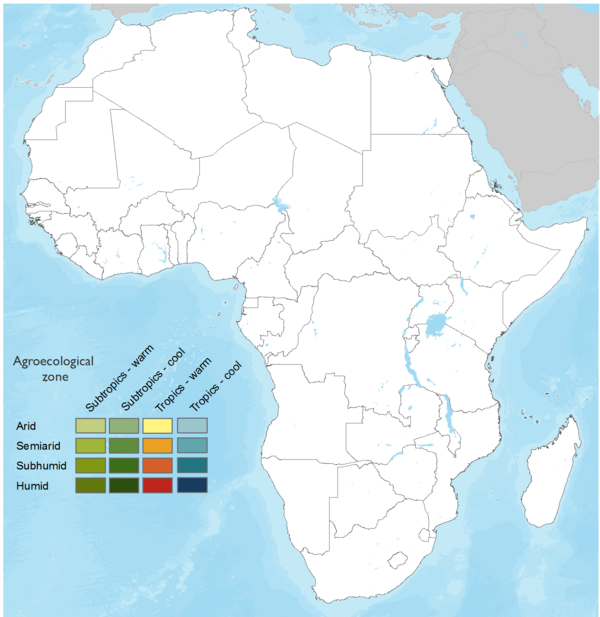
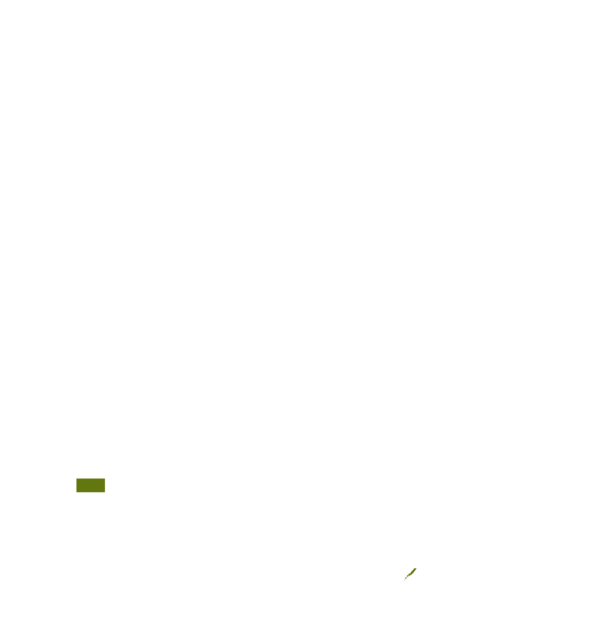
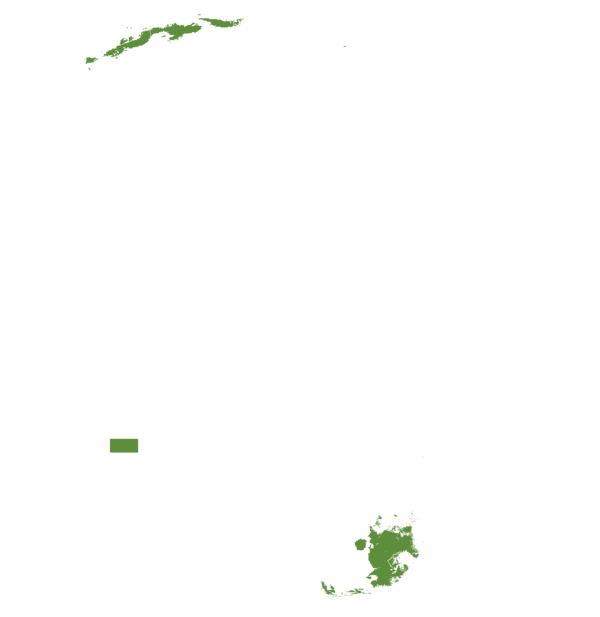
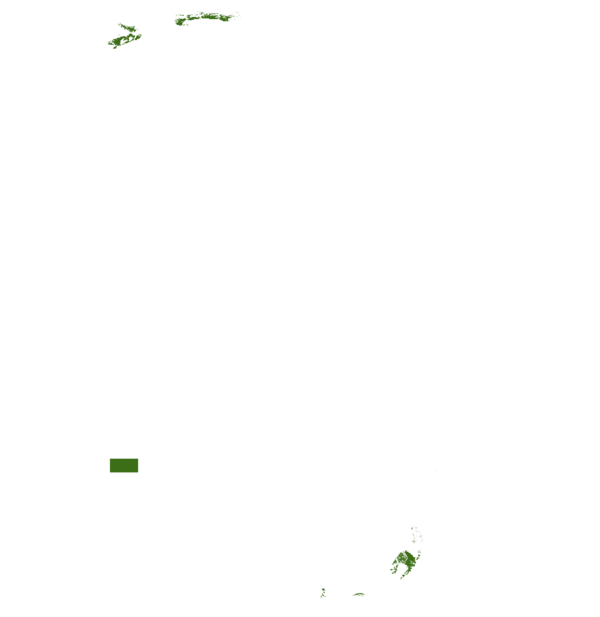



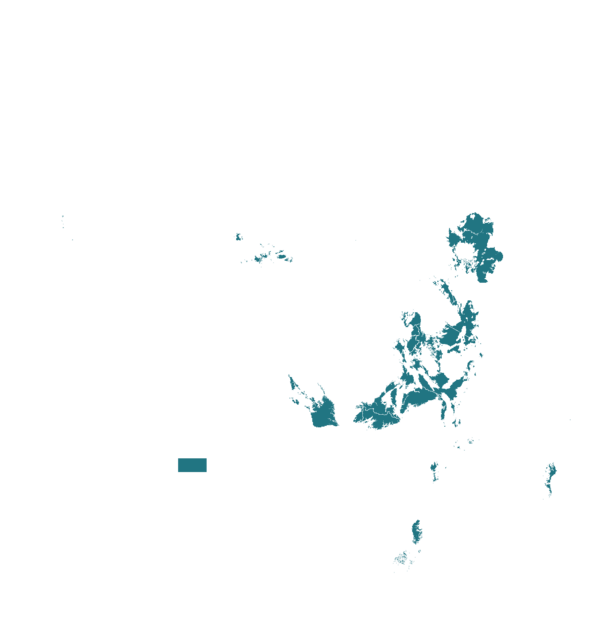
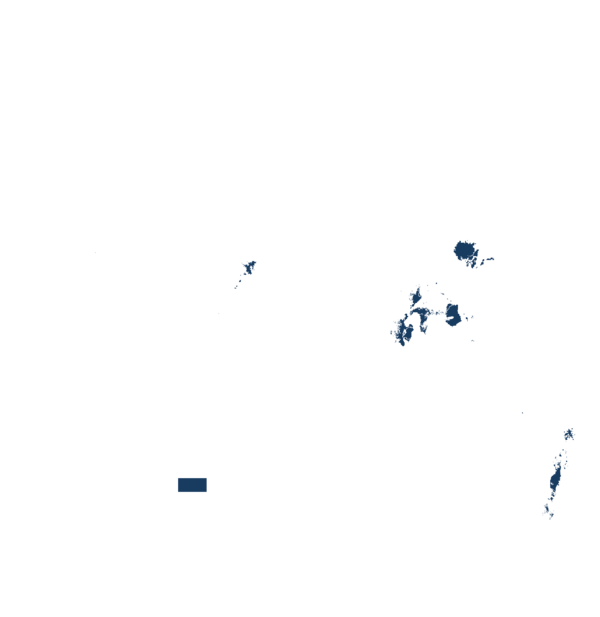
| AEZ | Subtropic - warm | Subtropic - cool | Tropic - warm | Tropic - cool |
|---|---|---|---|---|
| Arid | – | – | – | – |
| Semiarid | – | – | ||
| Subhumid | – | – | ||
| Humid |
Source: HarvestChoice/IFPRI 2009
The United Nations Sustainable Development Goals that are applicable to this technology.
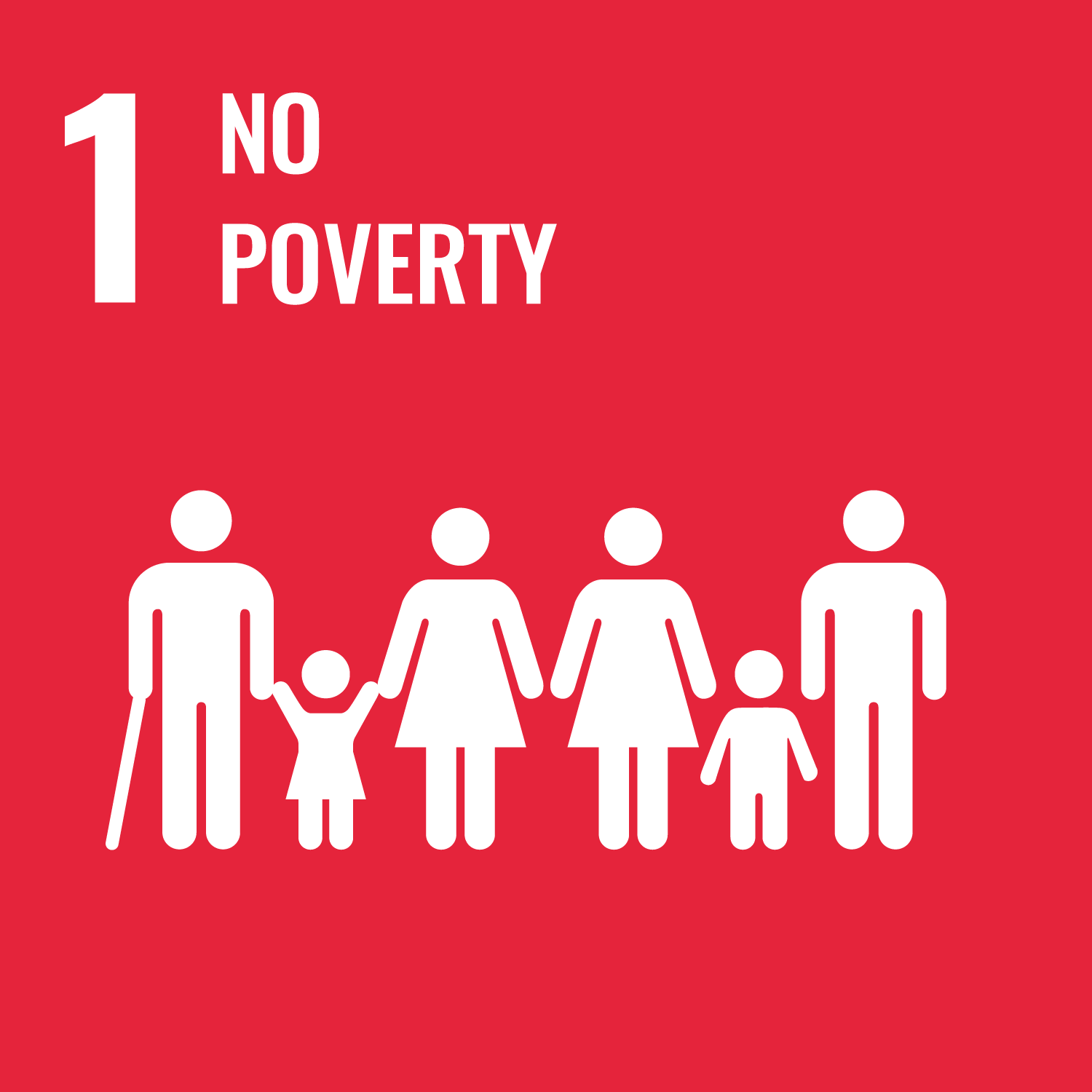
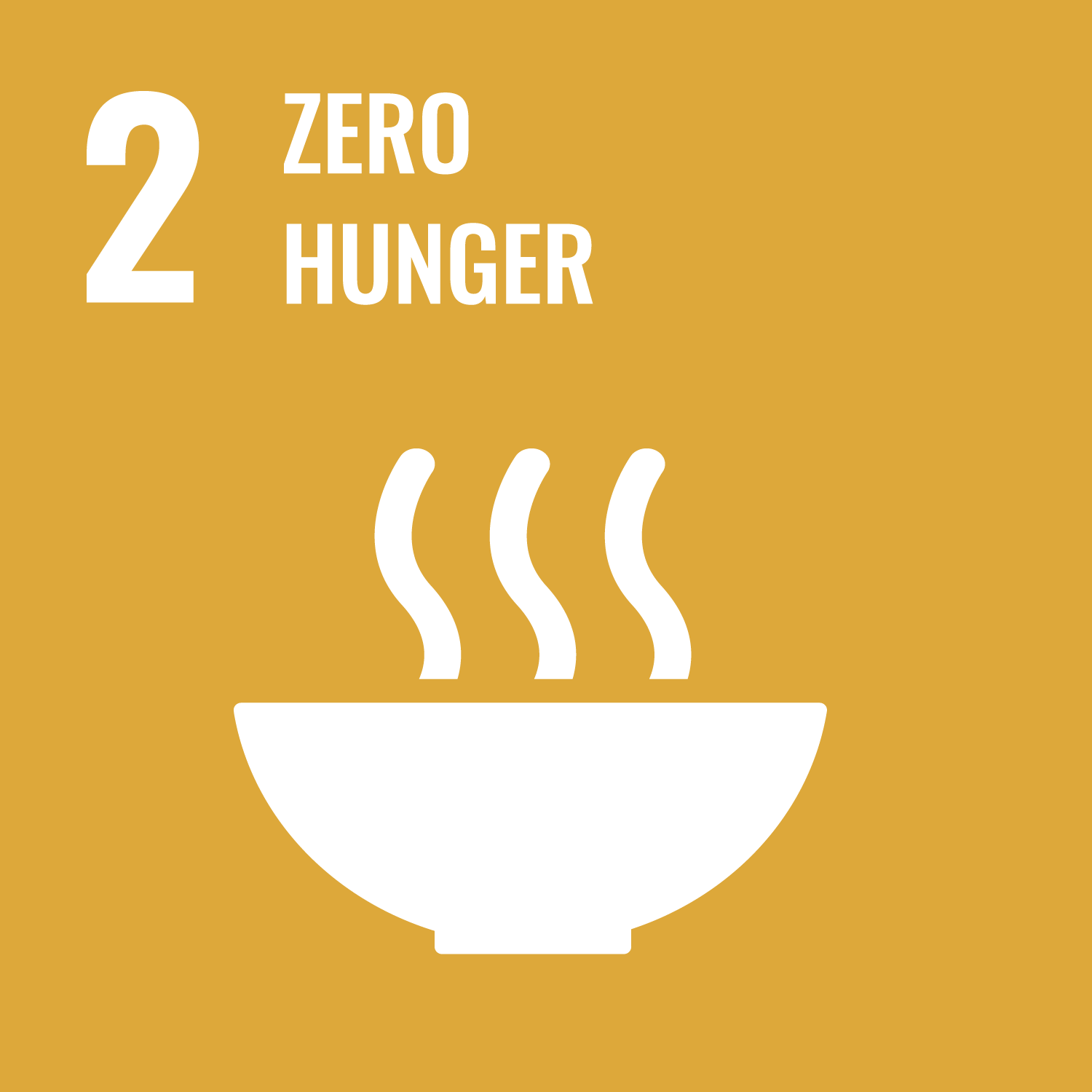
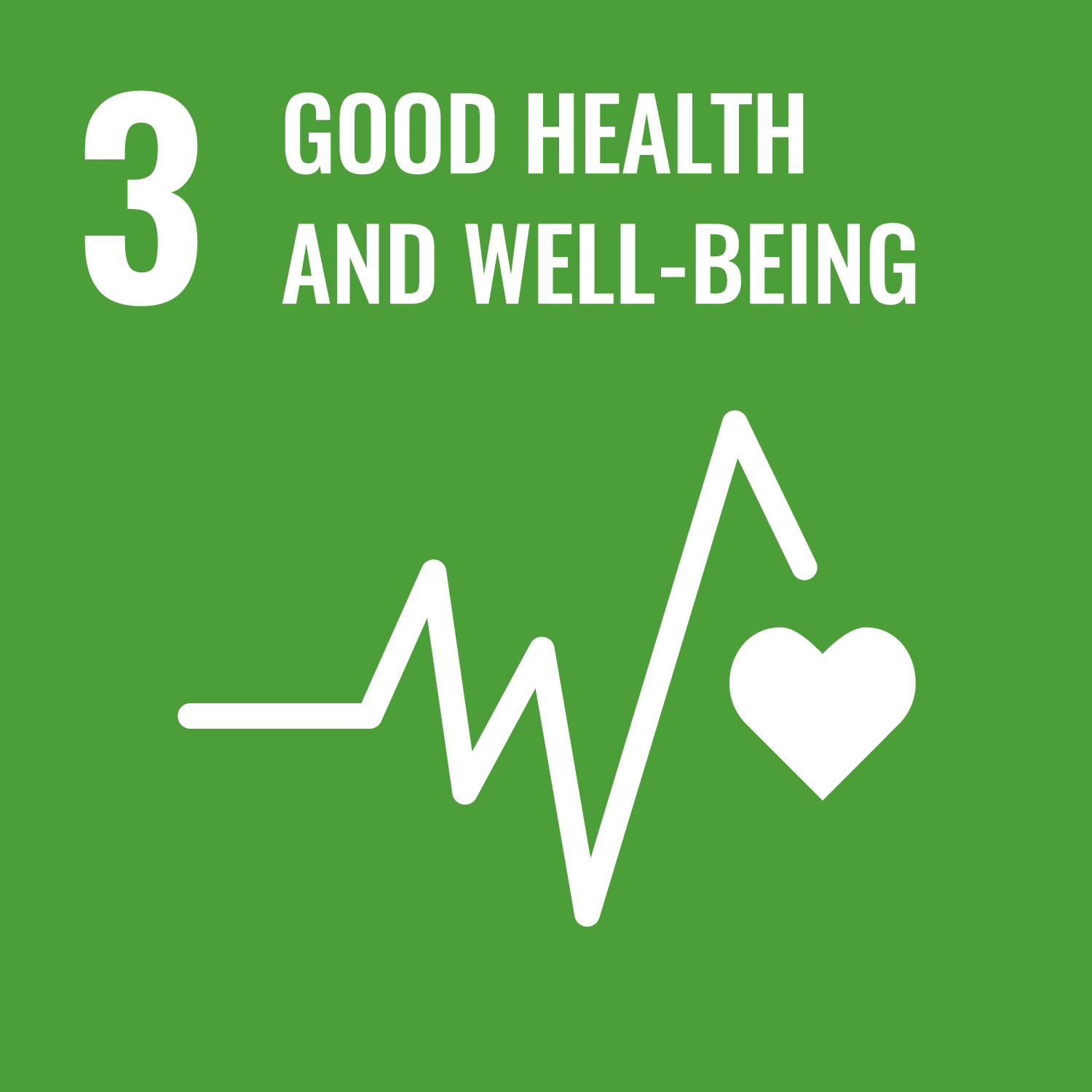
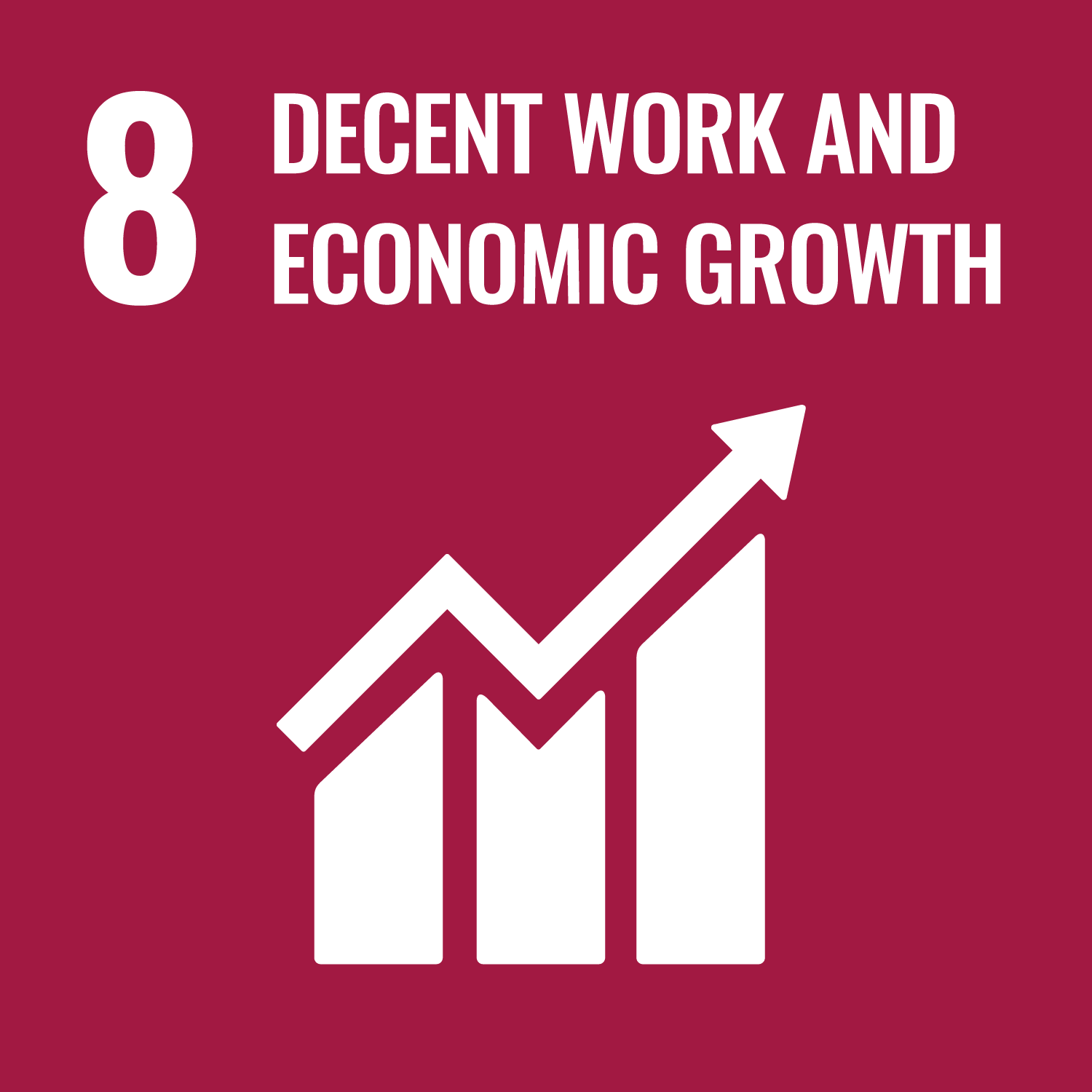
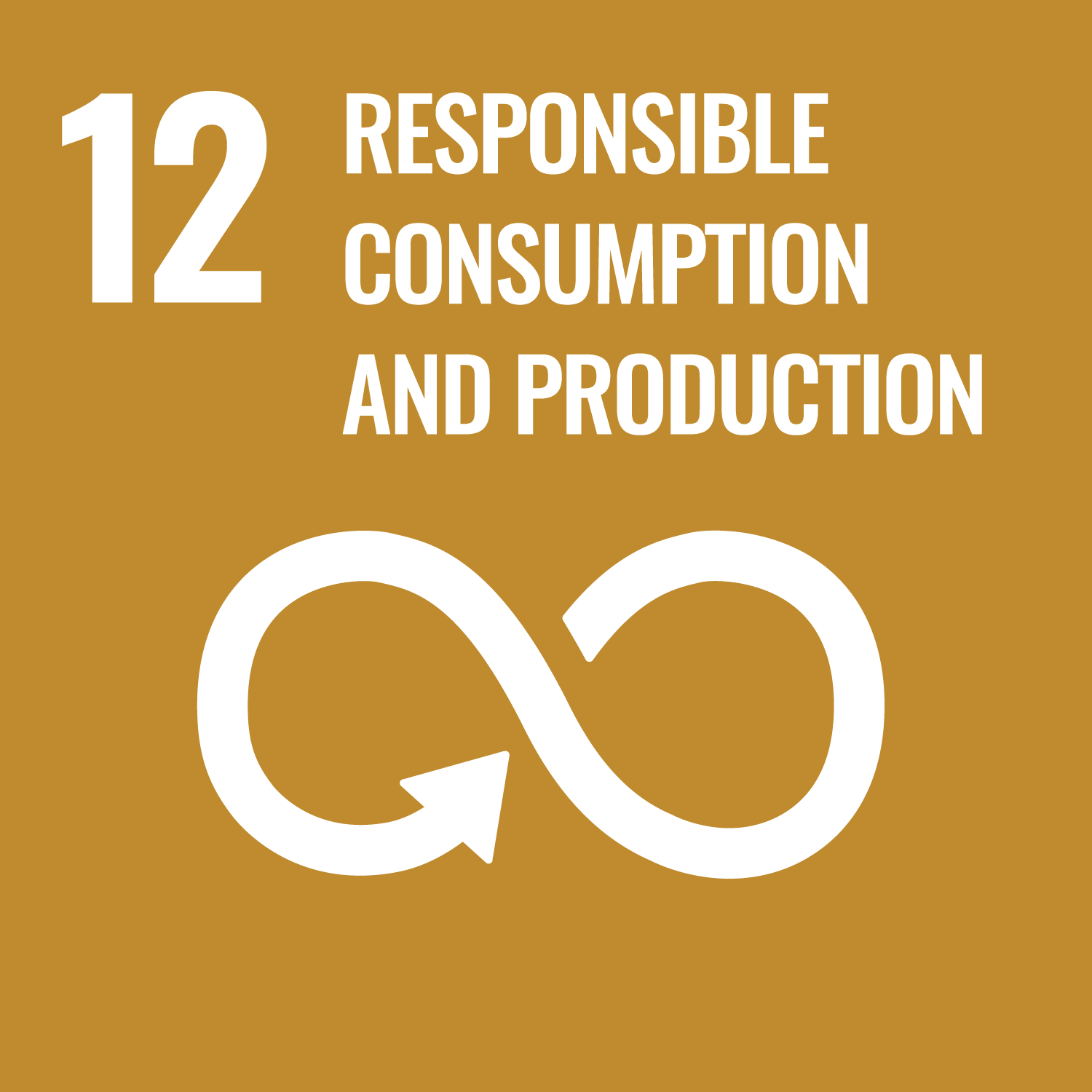
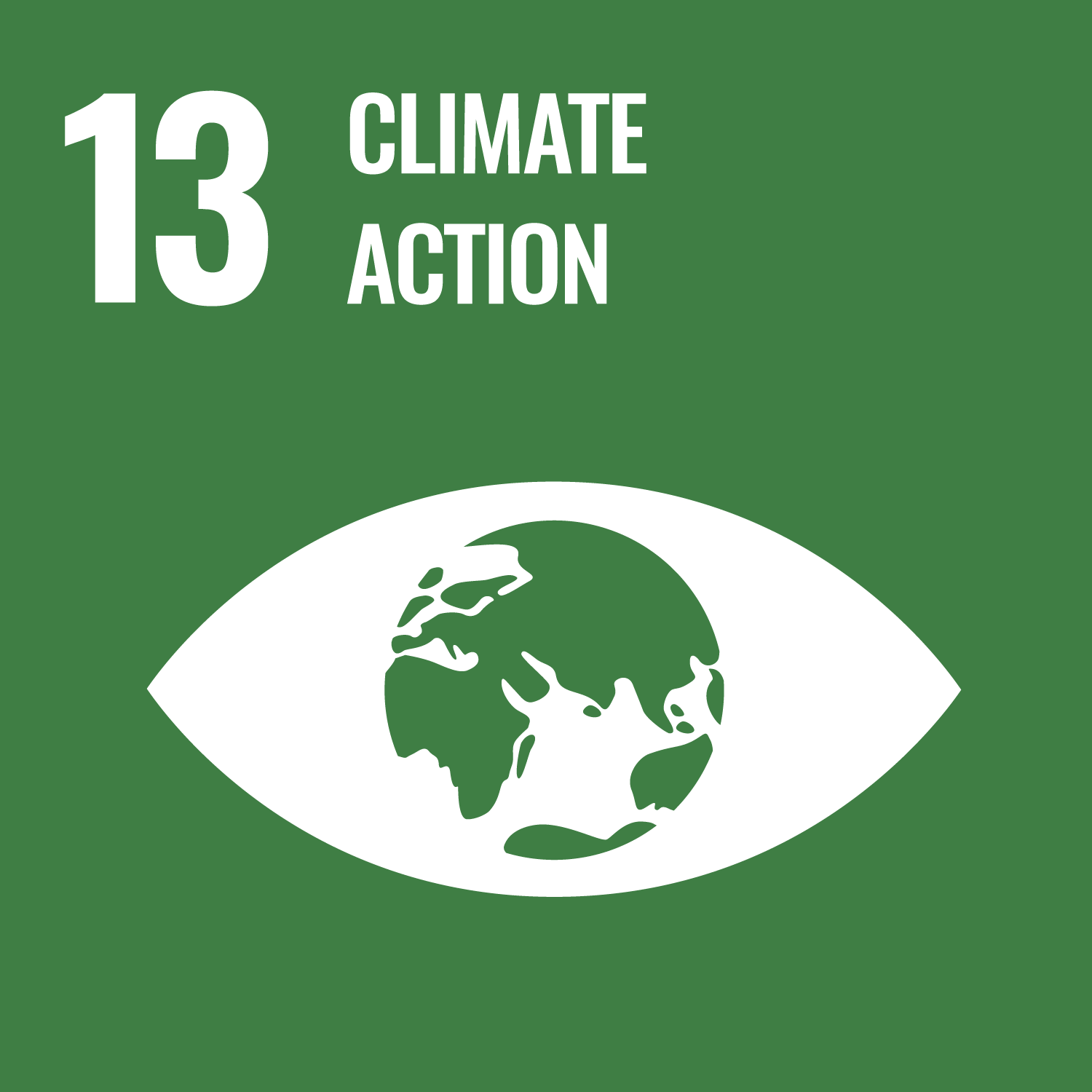
Last updated on 28 November 2025